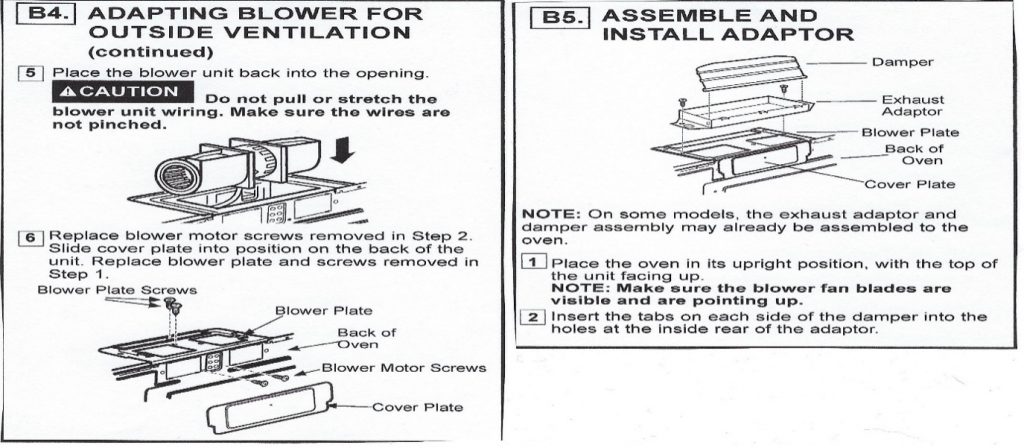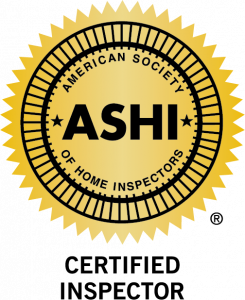Range Hood Venting
Most range hoods are designed to either vent to the outside through a duct or recirculate back into the home through a filter. Outside is preferable because it allows the evidence of those charred French fries or scorched broccoli, and other things that can set off your smoke detector, to be moved out of the home. It also may be required, depending on the type of oven you have. Depending on the design of your kitchen, this may not be easily accomplished because the ducts require clearances that may not be possible with your current wall/ceiling dimensions. Inspecting permanently installed appliances, such as range hoods, is an important part of a home inspection. In fact, during several recent inspections, I have found range hoods that were not installed correctly. Specifically, I have found range hoods that have ducts installed, appearing ready to rid the home of unwanted smoke and odors (pictured), but that are not actually configured to carry smoke/contaminates through those ducts to the outdoors. Many of these range hoods are the combination microwave oven/exhaust hoods which are installed above the stove/oven and have specific manufacturer’s instructions when venting to the outside. The diagrams listed here are from a General Electric Model microwave that was installed in a home I recently inspected. The home had a duct installed in the kitchen cabinet for the range hood, however the installers did not follow the manufacturer’s instructions. When I turned the exhaust fan on, the air was blowing out of the front vents of the microwave, which is typical of a recirculating installation. Closer examination determined that the blower in diagram B4 was not turned in the direction for outside ventilation. Also, a specific adapter that is in diagram B5 was missing. This adapter is supposed to be secured at the top of the unit, and is designed to channel air into the duct assembly. Without the adapter, air will travel within the cabinet and not into the duct system.
There are some simple things that you, as the homeowner, can check to see if the venting was done according to the installation instructions for your appliance. If the system is designed for outside ventilation, the ducts must exit to the outside, either through a wall or the roof. Follow the duct from your kitchen, and then look at an outside wall or attic to confirm that it is exiting properly. Also, turn on the fan and determine if the unit is installed for recirculating or venting to the outside, and whether it is working properly. Checking to see that your range hood vent is properly installed is a good way to ensure that those unpleasant fumes and steamy grime are going exactly where they are supposed to go.





